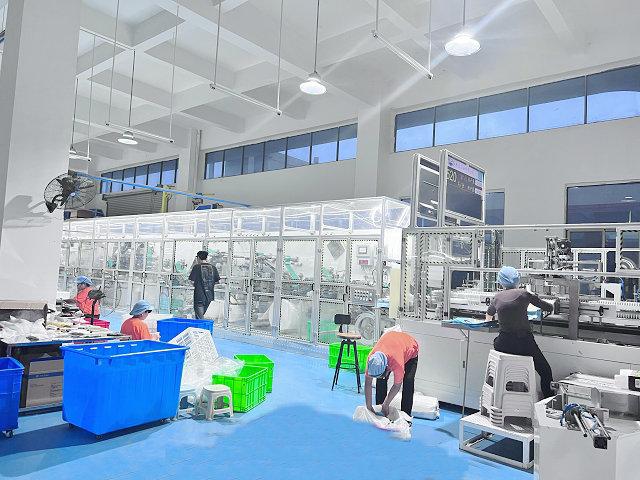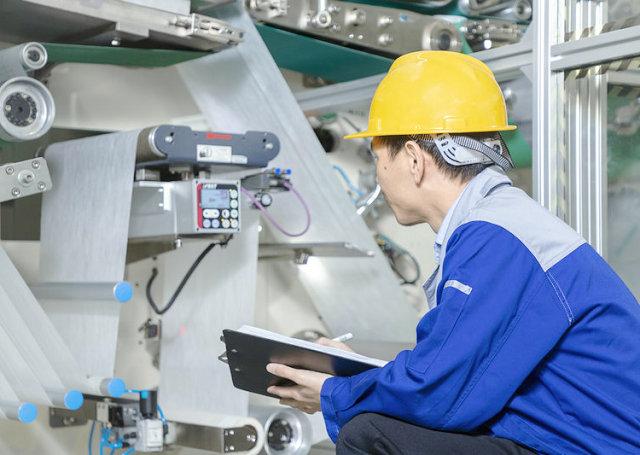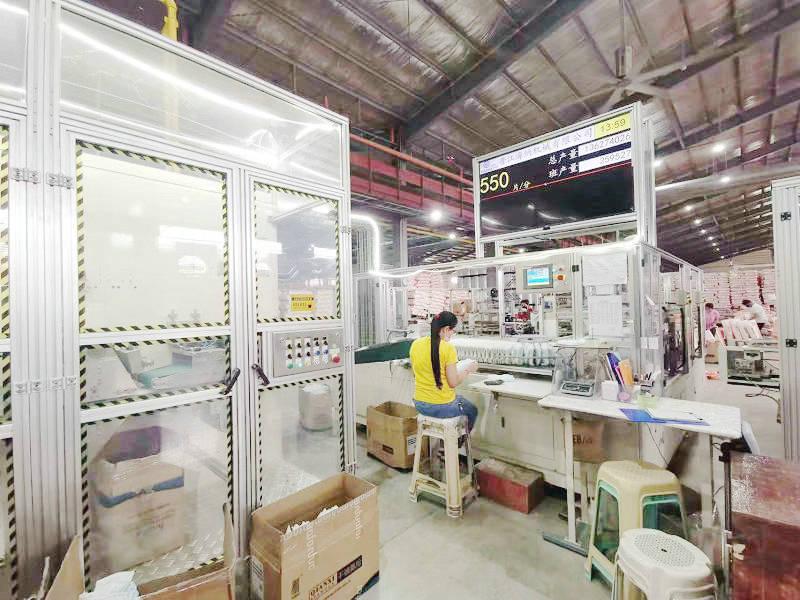Author:Haina Machinery Factory FROM:Diaper Machinery Manufacturer TIME:2023-09-11
Utilization of Infant Diaper Production Line

Infant diaper production lines play a crucial role in the hygiene products industry. These production lines are designed to efficiently manufacture high-quality diapers that provide comfort, absorbency, and dryness for babies. With advancements in technology and increased awareness of the importance of hygiene, there has been a significant rise in the demand for infant diapers around the globe. This article aims to explore the utilization of infant diaper production lines, highlighting their benefits, production process, and market trends.

Infant diaper production lines offer numerous benefits for both manufacturers and consumers. Firstly, these production lines enable high-speed and large-scale manufacturing, ensuring a steady supply of diapers to meet the growing demand. They also enhance production efficiency by automating various processes, including cutting, folding, and packaging, thereby reducing labor costs and improving overall productivity. Additionally, modern production lines incorporate advanced technologies to enhance diaper quality, such as better absorbency, softness, and leakage protection, ensuring optimal comfort for babies.

The production process of infant diapers involves several stages. Firstly, the raw materials, including absorbent core, non-woven fabrics, and elastic bands, are prepared and fed into the production line. The materials go through cutting and shaping machines, where they are transformed into individual components of the diaper, such as the absorbent core, topsheet, and backsheet. These components are then assembled and joined using adhesive or heat-sealing methods. After assembly, the diapers undergo quality checks, including size, weight, and absorbency tests, before being packaged and prepared for distribution.
The market for infant diapers has witnessed several notable trends in recent years. Firstly, there has been an increasing demand for eco-friendly and sustainable diaper options, leading manufacturers to explore biodegradable materials and reduce their environmental impact. Furthermore, the growing awareness of baby's skin sensitivity has led to the development of diapers with hypoallergenic materials and gentle formulations. Additionally, advancements in technology have introduced “smart” diapers, equipped with sensors to monitor diaper wetness and provide timely alerts to caregivers. These trends reflect the industry's focus on meeting the evolving needs and preferences of consumers.
In conclusion, the utilization of infant diaper production lines is crucial in meeting the rising demand for high-quality diapers. These production lines offer benefits such as increased manufacturing efficiency, improved diaper quality, and enhanced productivity. The production process involves various stages, from raw material preparation to packaging. Market trends indicate a shift towards eco-friendly options, gentle formulations, and technological advancements. As the hygiene products industry continues to evolve, the utilization of advanced production lines will play a central role in meeting the demands and expectations of consumers.
